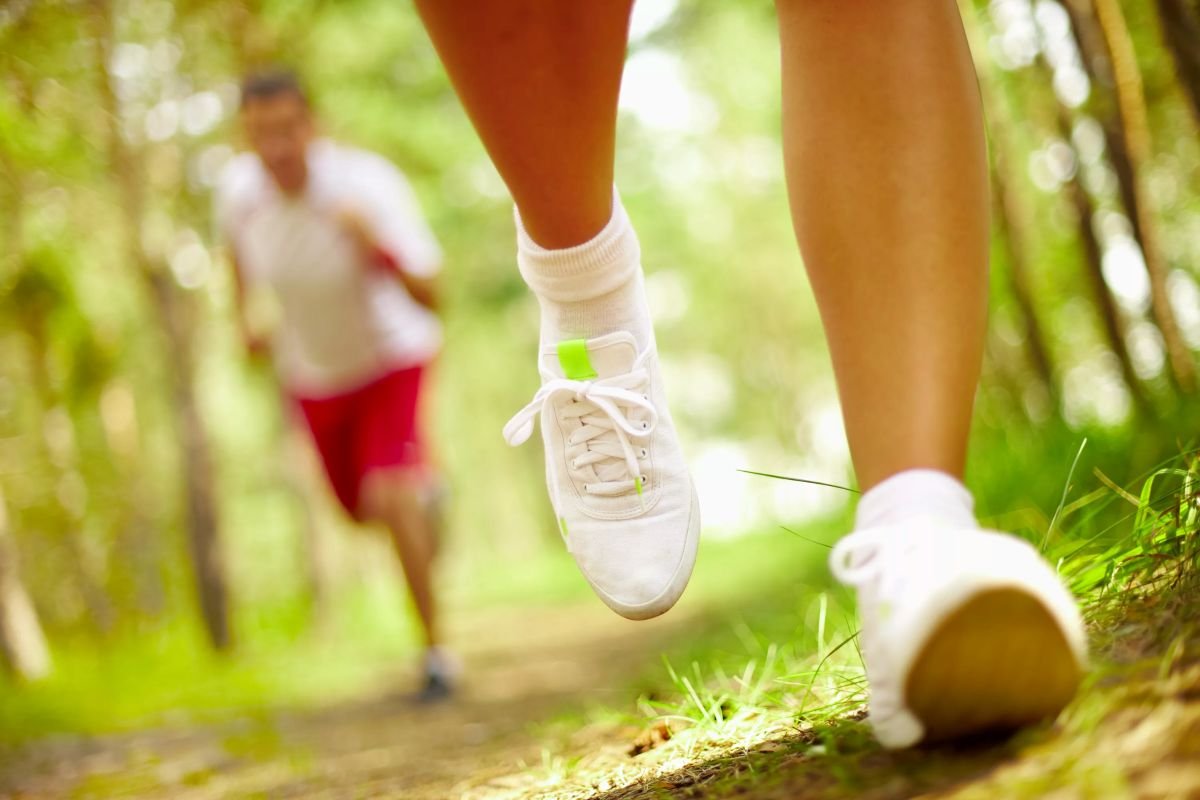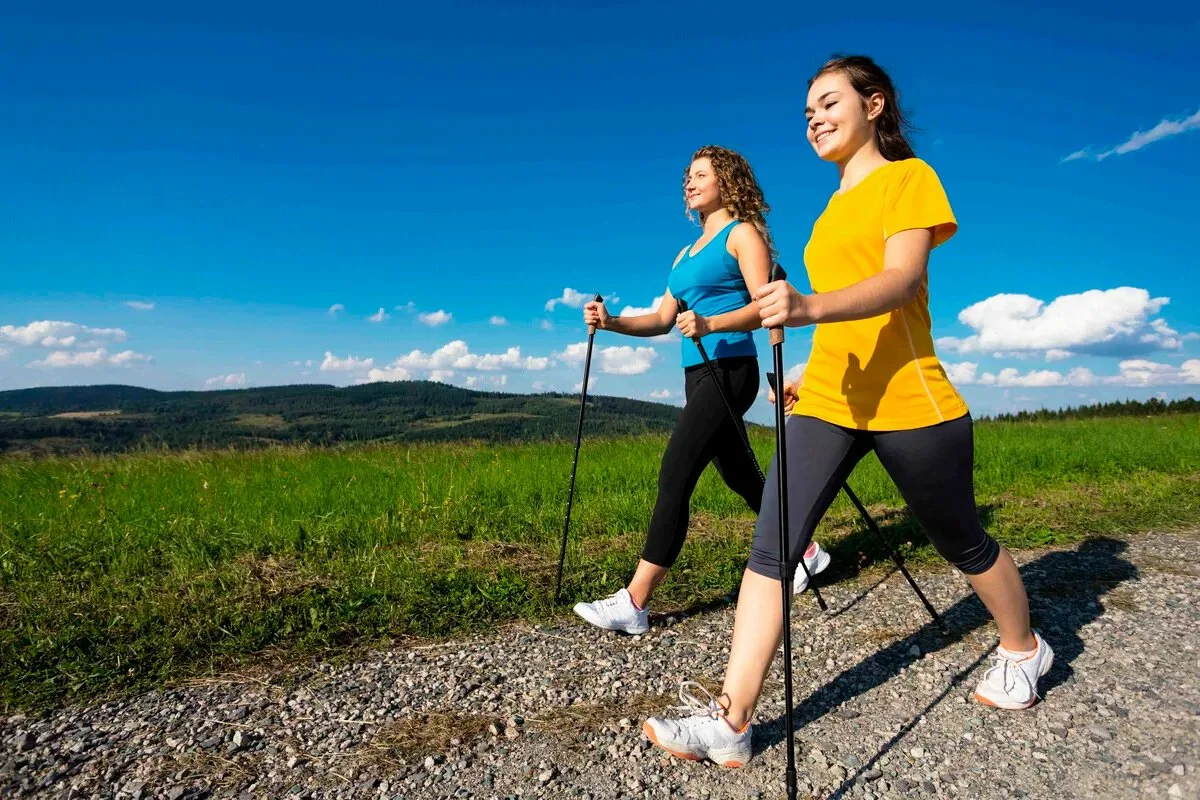Also known as power walking, brisk walking is one of the most accessible and gentle physical activities for the body. But to enjoy its many benefits, at what speed and for how long should you do it?
Brisk walking, also known as power walking, is a sport that is practised at a faster pace than everyday walking. Unlike everyday walking, it is practised voluntarily and at an accelerated pace.
Receive our newsletters
Sign up to receive La Rép’ newsletters in your inbox
Studied for almost 20 years, Japanese walking has become a trend this summer on social media, particularly TikTok. But is this interval walking better for your health than the recommended 10,000 steps a day?
The benefits of fast walking
This practice has many benefits for the body, including improving breathing, endurance and muscle tone. Beyond its physical benefits, this discipline helps you stay in shape and take care of your health. It offers the same advantages as other endurance sports such as running or cycling, including the prevention of diabetes and heart disease.
One of its advantages is that brisk walking can be done anywhere, anytime, and requires little investment in equipment. All you need is a pair of suitable shoes.
How long should you do it for and what is the ideal speed?
But how long should you do it for and at what speed? According to the National Health Service, ‘brisk walking is at least 4.8 kilometres per hour, which is faster than a leisurely stroll’. But on average, it is between 5 and 10 km/h. And at this speed, the effects are noticeable. An hour at an average speed of 6.5 km/h burns around 300 calories, for example. Above 8 km/h, this number rises to 380 calories, the equivalent of an hour’s badminton.
Is walking 10,000 steps a day a guarantee of good health? Not necessarily, according to a sports doctor, who sheds some light on the subject.

To find out if you have reached a pace that suits you, try the ‘singing test’. This involves breathing and controlling your voice. ‘We can tell that we are walking fast if we can still talk, but we cannot sing the words to a song,’ says the National Health Service.
As it is one of the least traumatic sports, walkers can do sessions lasting from 30 minutes to several hours, several times a week. The frequency depends on each individual’s goals. But rest assured, health benefits have been observed even in people who walk actively for 11 minutes a day. Proof of the benefits of walking.




